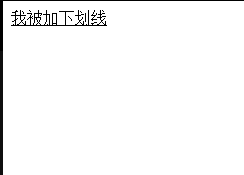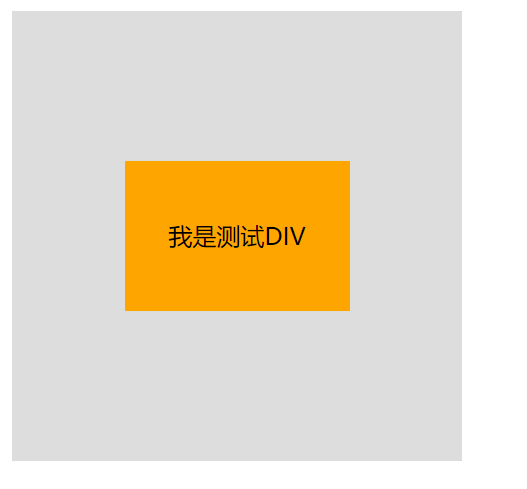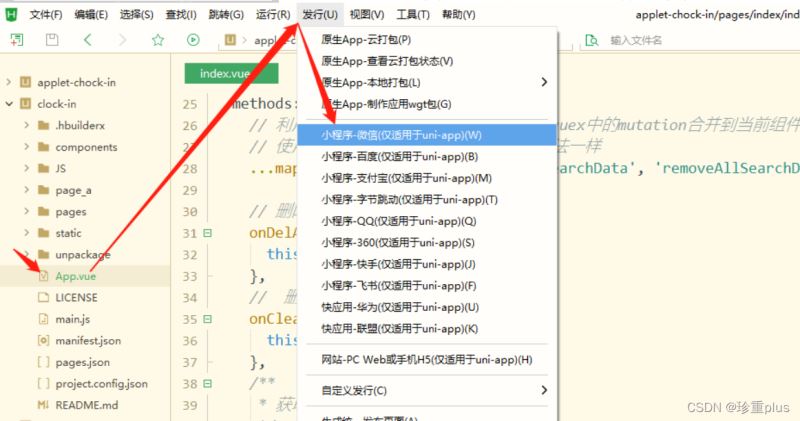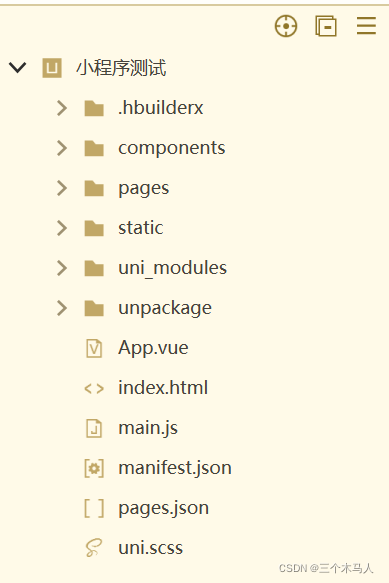生命周期:在创建一个vue实例时,会经历一系列的初始化过程(Vue实例从创建到销毁的过程),这个过程就是vue的生命周期。 Vue提供给开发者的一系列的回调函数,方便我们添加自定义的逻辑,Vue的生命周期从创建到销毁,重...

生命周期:在创建一个vue实例时,会经历一系列的初始化过程(Vue实例从创建到销毁的过程),这个过程就是vue的生命周期。
Vue提供给开发者的一系列的回调函数,方便我们添加自定义的逻辑,Vue的生命周期从创建到销毁,重要的节点挂载数据更新。
创建阶段 beforeCreate、created
挂载渲染页面阶段 beforeMount、mounted
更新阶段 beforeUpdate、updated
卸载阶段 beforeDestory、destoryed
1、单页面下生命周期顺序
献上一波代码,看下各周期钩子函数的执行顺序:
<!DOCTYPE html>
<html lang="en">
<head>
<meta charset="UTF-8">
<meta name="viewport" content="width=device-width, initial-scale=1.0">
<meta http-equiv="X-UA-Compatible" content="ie=edge">
<title>vue生命周期学习</title>
<script src="https://cdn.bootcss.com/vue/2.4.2/vue.js"></script>
</head>
<body>
<div id="app">
<h1>{{message}}</h1>
</div>
</body>
<script>
var vm = new Vue({
el: '#app',
data: {
message: 'Vue的生命周期'
},
beforeCreate: function() {
console.group('------beforeCreate创建前状态------');
console.log("%c%s", "color:red" , "el : " + this.$el); //undefined
console.log("%c%s", "color:red","data : " + this.$data); //undefined
console.log("%c%s", "color:red","message: " + this.message)
},
created: function() {
console.group('------created创建完毕状态------');
console.log("%c%s", "color:red","el : " + this.$el); //undefined
console.log("%c%s", "color:red","data : " + this.$data); //已被初始化
console.log("%c%s", "color:red","message: " + this.message); //已被初始化
},
beforeMount: function() {
console.group('------beforeMount挂载前状态------');
console.log("%c%s", "color:red","el : " + (this.$el)); //已被初始化
console.log(this.$el);
console.log("%c%s", "color:red","data : " + this.$data); //已被初始化
console.log("%c%s", "color:red","message: " + this.message); //已被初始化
},
mounted: function() {
console.group('------mounted 挂载结束状态------');
console.log("%c%s", "color:red","el : " + this.$el); //已被初始化
console.log(this.$el);
console.log("%c%s", "color:red","data : " + this.$data); //已被初始化
console.log("%c%s", "color:red","message: " + this.message); //已被初始化
},
beforeUpdate: function () {
console.group('beforeUpdate 更新前状态===============》');
console.log("%c%s", "color:red","el : " + this.$el.innerHTML);
console.log(this.$el);
console.log("%c%s", "color:red","data : " + this.$data);
console.log("%c%s", "color:red","message: " + this.message);
},
updated: function () {
console.group('updated 更新完成状态===============》');
console.log("%c%s", "color:red","el : " + this.$el.innerHTML);
console.log(this.$el);
console.log("%c%s", "color:red","data : " + this.$data);
console.log("%c%s", "color:red","message: " + this.message);
},
beforeDestroy: function () {
console.group('beforeDestroy 销毁前状态===============》');
console.log("%c%s", "color:red","el : " + this.$el);
console.log(this.$el);
console.log("%c%s", "color:red","data : " + this.$data);
console.log("%c%s", "color:red","message: " + this.message);
},
destroyed: function () {
console.group('destroyed 销毁完成状态===============》');
console.log("%c%s", "color:red","el : " + this.$el);
console.log(this.$el);
console.log("%c%s", "color:red","data : " + this.$data);
console.log("%c%s", "color:red","message: " + this.message)
}
})
</script>
</html>
(1)创建阶段:初始化事件,进行数据的观测
- new Vue({}) 创建一个空的实例对象,这个对象上只有生命周期函数和一些默认事件
- 在beforeCreate时,$el和data都未初始化
- created 执行,完成了对data的初始化,通过编译将 template 模板转换成渲染函数( render ) ,执行渲染函数就可以得到一个虚拟节点树(内存中)
- 先检查 template是否存在 如果存在模板编译成render函数,没有将外部html作为模板渲染。综合排名优先级:render函数选项 > template选项 > outer HTML.
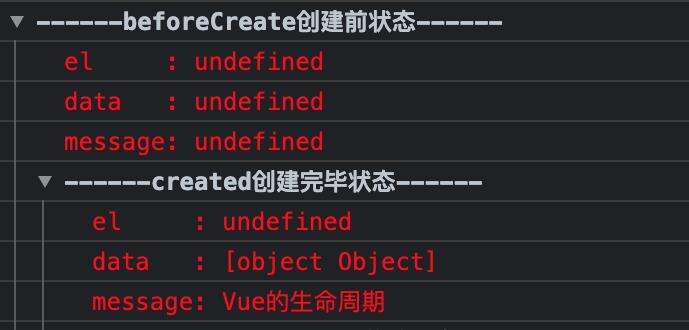
(2)挂载阶段 - 为vue实例添加$el成员,替换挂载的DOM成员
- 其中在beforeMount时,初始化 e l 和 d a t a , 但 el和data,但 el和data,但el还是使用{{message}}进行占位
- mounted执行时,将message的值进行渲染

(3)更新阶段:触发对应组件的重新渲染 - data 被改变时触发生命周期函数 beforeUpdate 执行,data是最新的,页面还未更新(旧的页面)
- 根据最新的 data 重新渲染虚拟 DOM,并挂载到页面上,完成 Model 到 View 的更新
- updated 执行,此时 data 和页面都是最新的
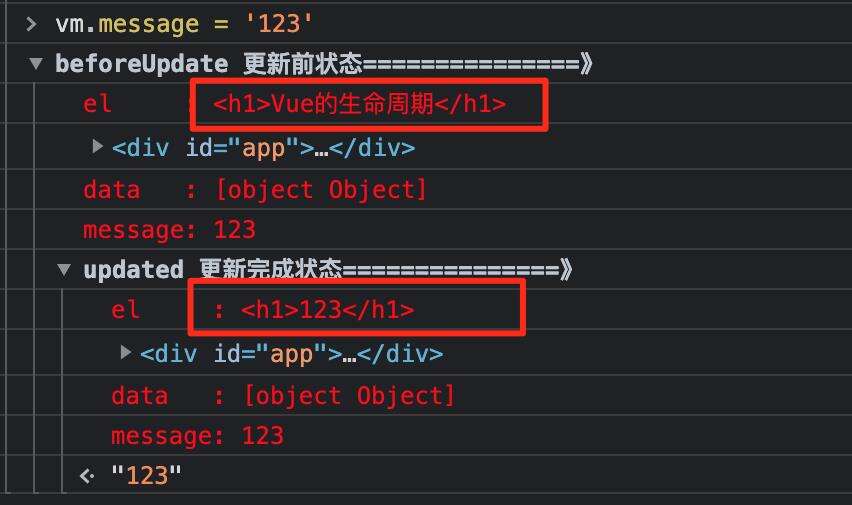
(4)销毁阶段 - beforeDestroy钩子函数在实例销毁之前调用。在这一步,实例仍然完全可用。
- destroyed钩子函数在Vue 实例销毁后调用。调用后,Vue 实例指示的所有东西都会解绑定,所有的事件监听器会被移除,所有的子实例也会被销毁。
2、父子、兄弟组件的生命周期顺序
<template>
<div class="father">
<component-A class="son_A"></component-A>
<component-B class="son_B"></component-B>
</div>
</template>
// script部分同上代码,不多写了。

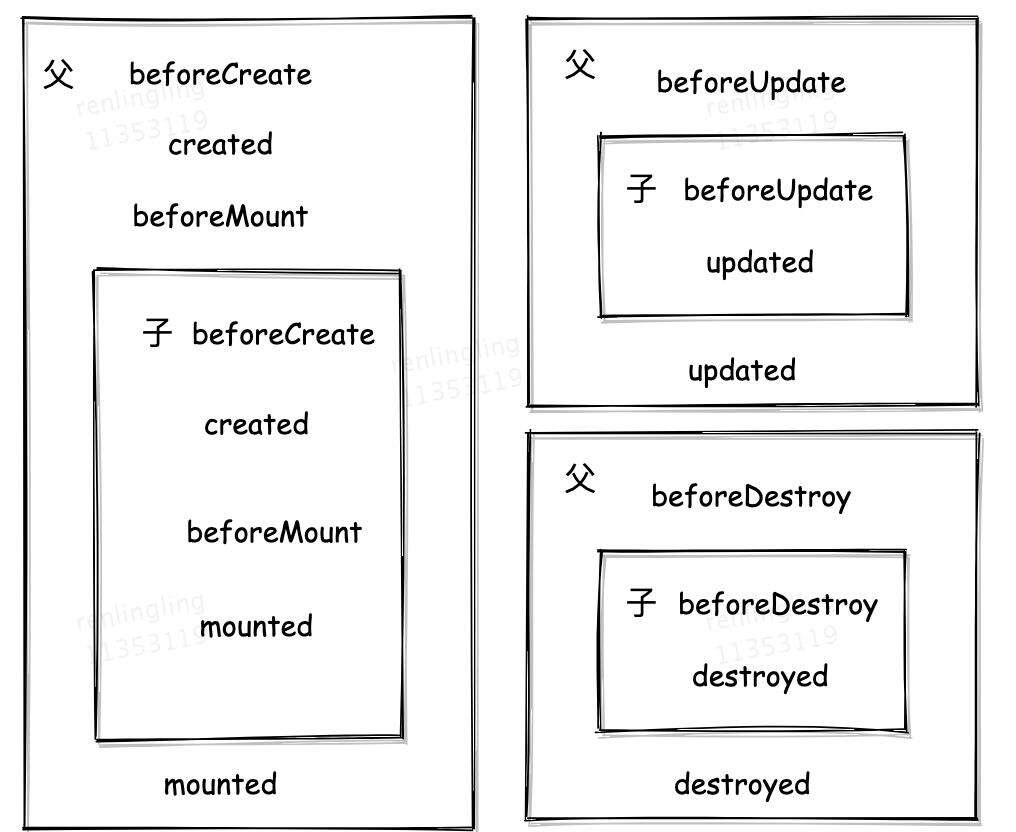
-
从上图可以看出,在父兄子组件挂载前,各组件的实例已经初始化完成。
-
子组件挂载完成后,父组件还未挂载。所以组件数据回显的时候,在父组件mounted中获取api的数据,子组件的mounted是拿不到的。
-
仔细看看父子组件生命周期钩子的执行顺序,会发现created这个钩子是按照从外内顺序执行,所以回显场景的解决方案是:在created中发起请求获取数据,依次在子组件的created中会接收到这个数据。
-
Vue父子组件生命周期钩子的执行顺序遵循:从外到内,然后再从内到外,不管嵌套几层深,也遵循这个规律。
3、不同页面跳转时各页面生命周期的执行顺序
跳转不同页面和part2是相同的原理,从第一个页面(index)跳转到下一个页面(secondIndex)时,回先初始化secondIndex,之后在执行index页面的销毁阶段,最后secondIndex挂载完成.

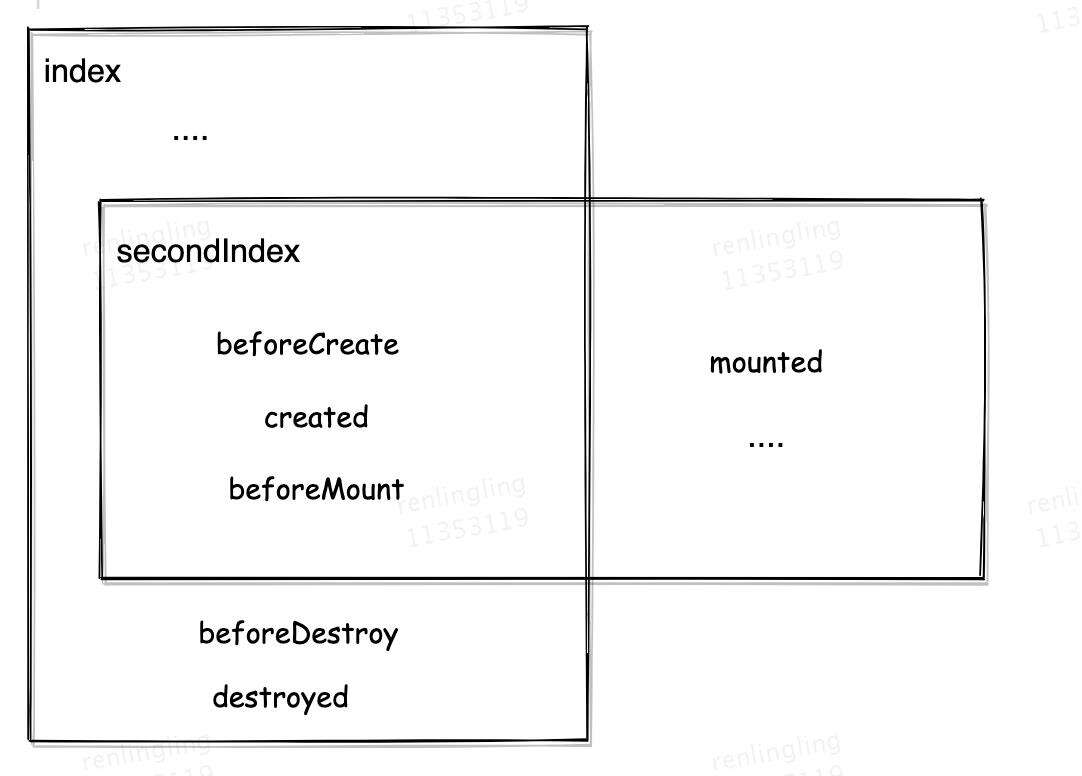
本文标题为:Vue:三种情况下的生命周期执行顺序


基础教程推荐
- js禁止页面刷新与后退的方法 2024-01-08
- 基于Vue制作组织架构树组件 2024-04-08
- vue离线环境如何安装脚手架vue-cli 2025-01-19
- Ajax实现动态加载数据 2023-02-01
- JS前端广告拦截实现原理解析 2024-04-22
- 浅析canvas元素的html尺寸和css尺寸对元素视觉的影响 2024-04-26
- CSS3的几个标签速记(推荐) 2024-04-07
- 关于文字内容过长,导致文本内容超出html 标签宽度的解决方法之自动换行 2023-10-28
- this[] 指的是什么内容 讨论 2023-11-30
- 浅谈Vue2和Vue3的数据响应 2023-10-08









